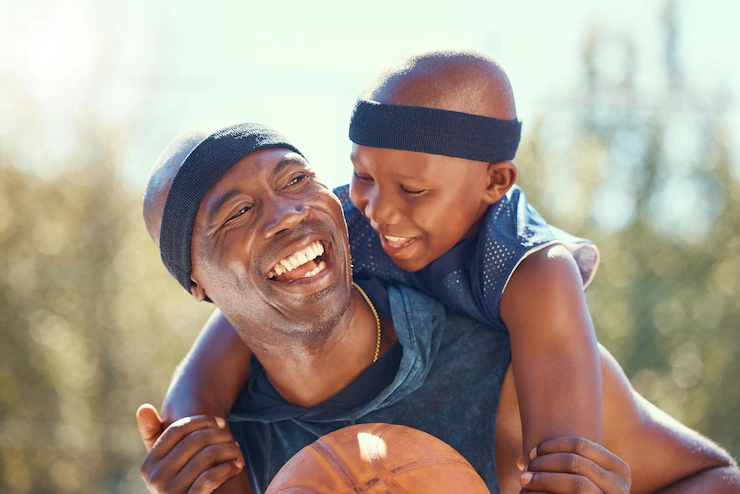Introduction
In today’s unpredictable world, teaching children emergency response procedures is a crucial aspect of their education. By empowering them with the knowledge and skills to handle various emergency situations, we can enhance their safety and foster a sense of preparedness. This article explores the importance of teaching children emergency response procedures in different scenarios and highlights effective strategies for equipping them with the necessary skills to navigate emergencies.
- Fire Safety and Evacuation
One of the most critical emergency response procedures to teach children is fire safety and evacuation. Children should learn how to identify fire hazards, understand the “Stop, Drop, and Roll” technique if their clothing catches fire, and how to safely escape from a burning building. Educating them about fire alarms, emergency exits, and the importance of not hiding during a fire helps instill a calm and proactive response during a crisis.
- Severe Weather Situations
In regions prone to severe weather events such as hurricanes, tornadoes, or earthquakes, children must learn how to respond effectively. Educating them about weather warning signs, creating emergency supply kits, and knowing the safest areas to take cover in their homes or schools are essential. Additionally, teaching children how to stay calm during power outages or during other weather-related emergencies can help reduce anxiety and promote effective decision-making.
- Medical Emergencies
Children should be familiarized with basic first aid procedures to handle common medical emergencies. They can learn how to apply basic bandages, call emergency services, perform CPR, and recognize the signs of allergic reactions or choking. Teaching them how to respond in a medical emergency not only empowers them but also prepares them to assist others in need.
- Personal Safety and Stranger Danger
Equipping children with knowledge about personal safety is paramount in today’s world. They should understand the concept of stranger danger and be taught how to recognize potential threats. Topics such as not sharing personal information online, the importance of having a trusted adult, and creating a safety network can help children develop a sense of security and confidence.
- School Lockdowns and Intruder Situations
While unfortunate, it is crucial to educate children on how to respond during lockdowns or intruder situations in schools. They should learn how to remain calm, find a secure hiding place, and follow instructions from teachers or other authority figures. Teaching them to be aware of emergency exits and how to stay quiet during lockdown situations can help minimize panic and improve safety outcomes.
Strategies for Teaching Children Emergency Response Procedures
a. Age-appropriate Education: Tailor the content and delivery of emergency response procedures to suit the age and developmental stage of the children. Use age-appropriate language, visuals, and interactive activities to engage their attention and promote comprehension.
b. Simulations and Drills: Conducting realistic simulations and drills enables children to practice emergency response procedures in a controlled environment. By providing hands-on experience, children gain confidence and muscle memory to react swiftly and appropriately during an actual emergency.
c. Involving Parents and Guardians: Encourage parents and guardians to reinforce emergency response procedures at home. Regularly discussing safety measures, creating emergency plans, and practicing drills as a family can foster a sense of preparedness and promote consistent knowledge transfer.
d. Partnering with Emergency Services: Collaborating with local emergency service providers, such as fire departments or police stations, can enhance children’s learning experiences. Guest speakers, demonstrations, and interactive sessions with emergency personnel can engage children and provide real-world insights into emergency response procedures.
Conclusion
Teaching children emergency response procedures in different scenarios is a vital aspect of their education. By equipping children with the knowledge and skills to respond effectively in emergencies, we empower them to take control of their safety and well-being. Through age-appropriate education, simulations, involvement of parents, and partnerships with emergency services, we can ensure that children are prepared to handle various emergency situations confidently. By investing in their preparedness today, we are building a safer and more resilient future for generations to come










